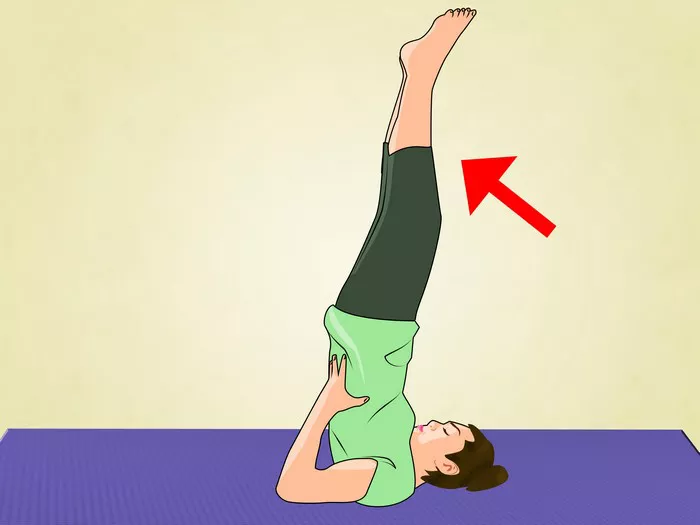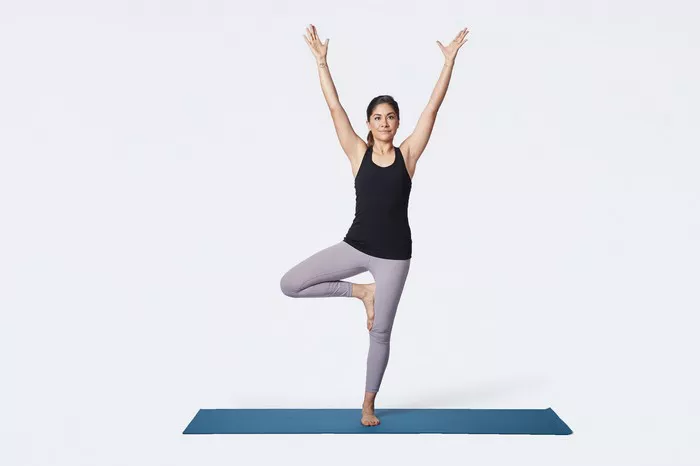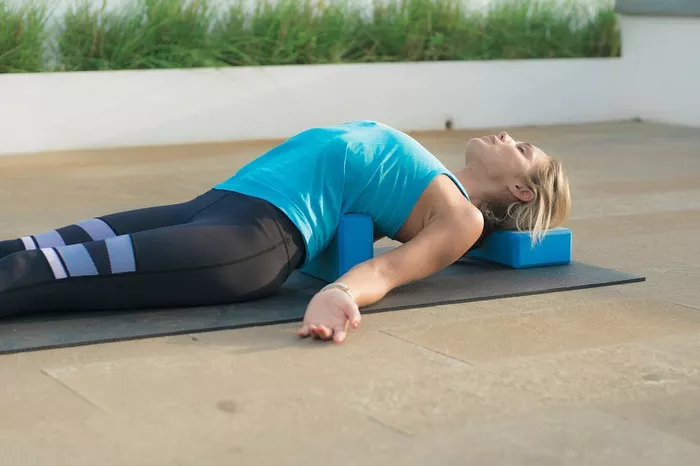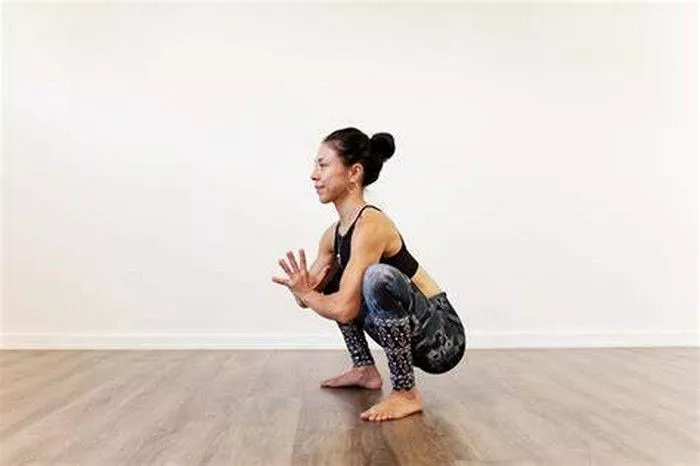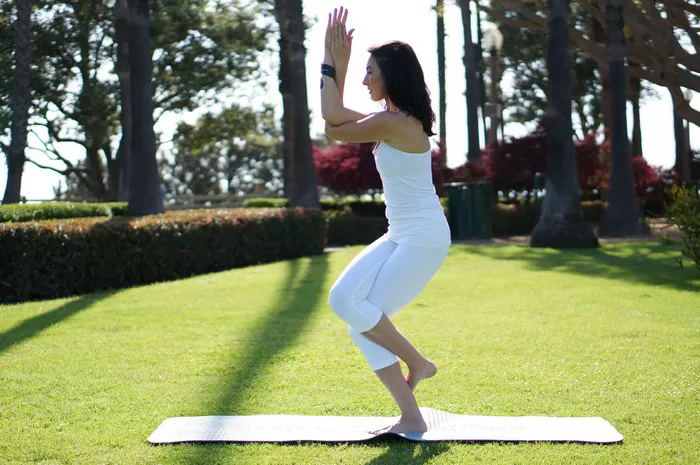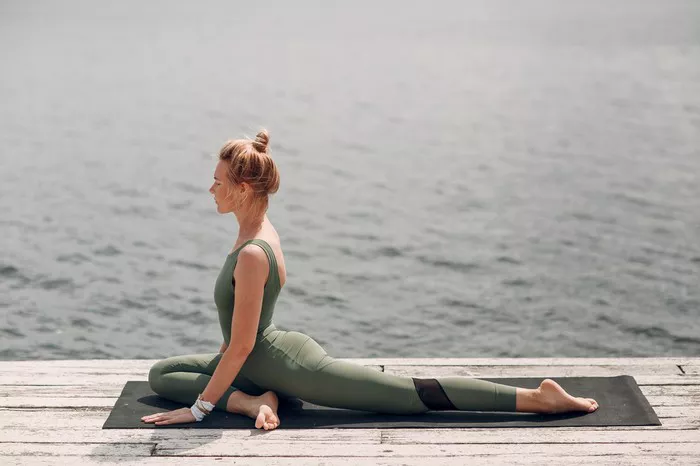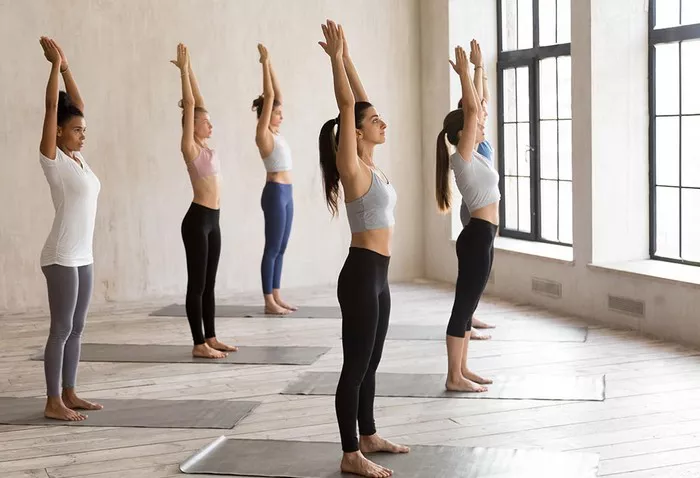Yoga, an ancient practice originating from the Indian subcontinent, encompasses a rich tapestry of poses aimed at harmonizing the body, mind, and spirit. Among these poses, the Candle Pose, also known as Sarvangasana, stands out as a symbol of illumination and renewal. This article delves into the depths of the Candle Pose, exploring its origins, physical and mental benefits, variations and modifications, step-by-step instructions, as well as precautions and contraindications.
Origins and Symbolism
The roots of the Candle Pose can be traced back to classical yoga texts like the Hatha Yoga Pradipika and the Gheranda Samhita. Sarvangasana, which translates to “whole body pose” in Sanskrit, emphasizes the holistic nature of the posture. Its symbolism lies in the concept of enlightenment and the awakening of inner light. In the practice of Sarvangasana, the body is inverted, with the legs and torso rising skyward like a candle flame, symbolizing the ascent of consciousness towards higher realms of awareness.
Physical and Mental Benefits
The Candle Pose offers a plethora of physical and mental benefits that contribute to overall well-being. Physically, this pose strengthens the shoulders, arms, and core muscles, while simultaneously stretching the neck, spine, and legs. It stimulates the thyroid and parathyroid glands, promoting hormonal balance and metabolism. Moreover, the inversion aspect of Sarvangasana enhances blood circulation to the brain, improving mental clarity and concentration. Additionally, the calming effect on the nervous system can alleviate stress and anxiety, fostering a sense of inner tranquility.
Variations and Modifications
As with any yoga pose, variations and modifications of the Candle Pose cater to practitioners of different skill levels and physical abilities. For beginners, utilizing props such as blankets or yoga blocks under the shoulders can provide support and stability. Alternatively, practicing Half Shoulderstand (Ardha Sarvangasana) with the legs bent can offer a gentler approach to the full pose. Advanced practitioners may explore variations like the Supported Shoulderstand (Salamba Sarvangasana), where the hands support the lower back, or the Lotus in Shoulderstand (Padmasana in Sarvangasana), integrating hip opening with inversion.
Step-by-Step Instructions
- Begin by lying on your back with your arms alongside your body, palms facing down.
- Inhale as you engage your core muscles and lift your legs towards the ceiling, keeping them straight.
- Use your hands to support your lower back as you lift your hips off the ground, bringing your legs overhead.
- Once in the inverted position, extend your arms along the floor and interlace your fingers.
- Press your elbows firmly into the ground as you lift your chest towards your chin, lengthening the back of your neck.
- Maintain a steady breath as you hold the pose for 30 seconds to a minute, gradually increasing the duration with practice.
- To release, exhale as you slowly lower your legs back down to the ground, one vertebra at a time.
Precautions and Contraindications
While the Candle Pose offers numerous benefits, it is essential to approach it with caution and mindfulness, especially if you have certain medical conditions or physical limitations. Individuals with neck or shoulder injuries should avoid this pose or practice under the guidance of a qualified yoga instructor. Additionally, those with high blood pressure, glaucoma, or other eye conditions should exercise caution, as the inversion may increase pressure in the head and eyes. Pregnant women should refrain from practicing Sarvangasana, as it may compress the abdomen and restrict blood flow to the fetus.
Conclusion
In conclusion, the Candle Pose serves as a beacon of light on the path of yoga, guiding practitioners towards inner illumination and self-discovery. By understanding its origins, embracing its physical and mental benefits, exploring variations and modifications, following step-by-step instructions, and observing precautions and contraindications, individuals can experience the transformative power of Sarvangasana while honoring the wisdom of this ancient practice.
FAQs:
Which yoga pose is best for belly fat?
One of the most effective yoga poses for targeting belly fat is the Boat Pose (Navasana). This pose engages the core muscles, including the abdominals and obliques, helping to strengthen and tone the midsection. Regular practice of Boat Pose can improve digestion, stimulate metabolism, and reduce excess fat around the waistline.
Which yoga pose is best for the brain?
The Downward-Facing Dog Pose (Adho Mukha Svanasana) is renowned for its ability to enhance brain function and mental clarity. This inversion pose increases blood flow to the brain, improving oxygenation and nutrient delivery. It also calms the mind, reduces stress, and alleviates symptoms of anxiety and depression. Practicing Downward-Facing Dog regularly can sharpen focus, enhance memory, and promote overall cognitive function.
How long should you hold a shoulder stand?
It is generally recommended to hold the Shoulderstand (Sarvangasana) for 3 to 5 minutes, gradually increasing the duration as you build strength and endurance. However, beginners may start with shorter hold times, aiming for 30 seconds to 1 minute, and gradually progress to longer durations. It’s crucial to listen to your body and avoid overexertion, ensuring proper alignment and breathing throughout the pose.

